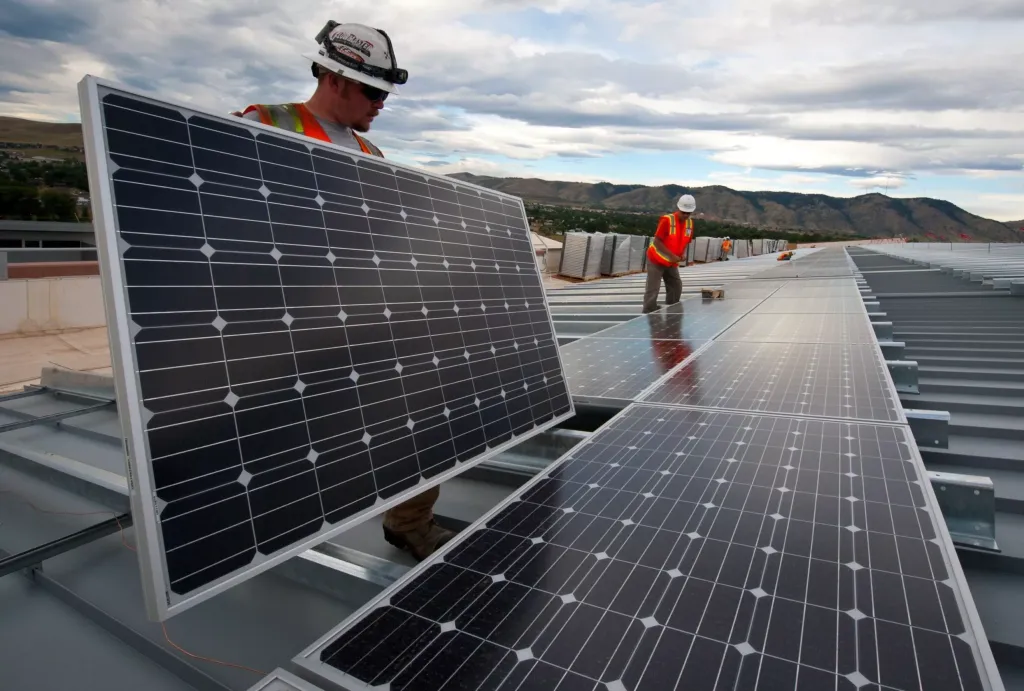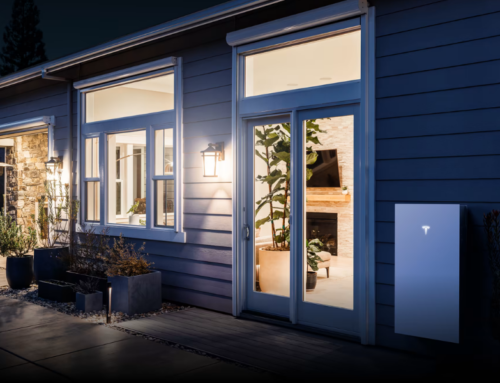Solar energy is the most abundant source of energy on the planet. It can be absorbed and used in many ways. Unlike fossil fuels, solar energy does not emit harmful pollutants or greenhouse gases into the air. It can prevent health and environmental harm while also saving lives by reducing air pollution.
However, there are certain ideas and notions about solar energy that may discourage you from switching from traditional forms of energy. These misconceptions aren’t necessarily all true, but many still doubt their credibility, and in this post, we’ll clear up some of the common misconceptions about solar energy.
- Solar Panels Do Not Work When It Is Cloudy: “If it’s cloudy, it doesn’t work,” “Snow also causes the panels to stop working.” These are all common refrains we’ve likely heard a thousand times. In truth, solar panels work well in cloudy environments. They are just not that efficient at producing as much energy as they do on sunny days. On cloudy days, the panels produce about 10% to 30% of their normal capacity.
- Sun’s Heat Is Needed: This isn’t something you should be concerned about. Photons, a wonderful little thing, provide electricity to solar panels. Instead of coming from the sun, these particles can be found in natural daylight. This is why solar panels do not require direct sunlight in order to function. The amount of power generated by solar panels is unaffected by the sun’s heat, which means that your panels can be just as productive in cold weather as they are in hot weather.
- Solar Panels Are Bad for Your Roof: Many property owners are concerned about damaging their roofs. They believe that nails and bolts could cause roof holes and water leaks. However, roof damage as a result of solar panel installation is extremely rare. If you hear about roof damage caused by a solar installation, it’s most likely because the roof was in bad shape to begin with. Almost every solar system requires holes and bolts, which vary in size and depth depending on the material of your roof. The bolt fixture will be surrounded by flashing, which is a metal or plastic barrier that fits beneath existing roof tiles and prevents water from getting through the new hole. The flashing is then sealed with tar or a similar substance. Finally, a sealer is applied to the hole where the lag bolt is installed to prevent water seepage from your roof.
- Return On Investment: Many people believe that solar power is a bad investment. It will be expensive, and they will lose money if they invest in it. The truth is rather different. The rate of return on your investment will be determined by your current electricity costs. Though initially, a rooftop solar system can be a large investment, in the long run, it will more than pay for itself.
- Durability: This is a widespread misconception concerning solar energy. People think that solar panels are very fragile, only a few millimeters thick, and are not durable in the long run. Solar panels, in reality, are built to withstand the harshest weather conditions. The panels are precisely tested and constructed to survive hailstorms and any weather conditions. Solar panels undergo a harsh testing procedure to ensure their long-term viability. The best aspect is that each panel comes with a 20 to 25-year warranty.
Solar energy has the potential to make a major difference in the energy industry. It’ll have a greater impact only when people realize the difference between myths and facts. Common people should not be misled by these misconceptions. If you want to learn more about solar energy, visit SUNSOLAR SOLUTIONS.







